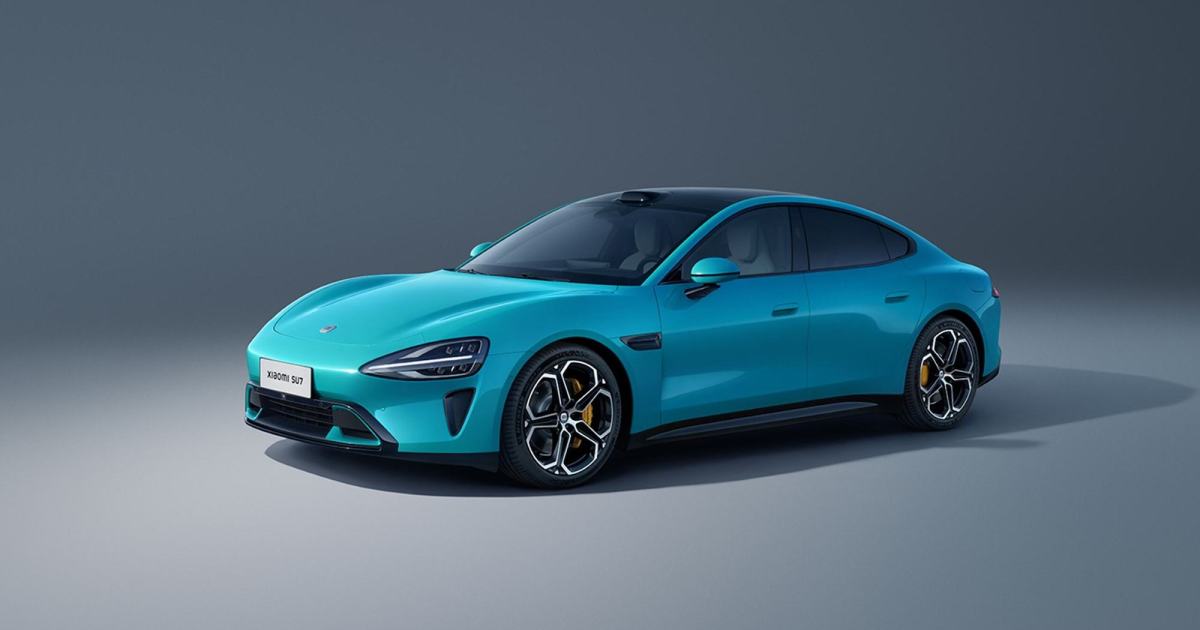Tesla already has a tough time in China competing with local auto behemoth BYD, but a new arrival in the electric-vehicle market is set to make things even more challenging for the Elon Musk-led automaker.
Xiaomi, a company better known for smartphones and other gadgets than cars, unveiled its first EV for the Chinese market last year. But pricing for the new SU7 was only announced at its official launch on Thursday — and it’s lower than many had expected.
Lei Jun, Xiaomi CEO, said the standard version of the SU7 will sell for 215,900 yuan (about $30,000), though as CNBC pointed out, this means each vehicle will be sold at a loss. The price is notable for that fact that it’s considerably lower than Tesla’s Model 3, which in China starts at 245,900 yuan (about $34,000).
Lei made the bold claim that the standard version of the SU7 beats Tesla’s Model 3 on more than 90% of its specifications, adding that the new car offers a minimum driving range of 435 miles (700 kilometers), which is about 58 miles (93 kilometers) more than the Model 3.
The first EVs from Tesla’s only factory in China rolled off the production line in 2019. More recently, it’s been slashing the price of its cars to better compete with Guangdong-based BYD and other EV makers in the lucrative Chinese market. BYD sold a record 526,000 battery-only vehicles globally in the final quarter of last year, marking the first time for it to outpace Tesla in a single quarter. But for the whole of 2023, Tesla led.
Tesla’s top team will be watching the Chinese market with even more interest in the coming months, especially as early sales figures suggest there’s strong interest in the SU7 after Xiaomi reported more than 50,000 orders in its first 27 minutes of availability on Thursday. Deliveries will begin next month.
Xiaomi is looking to invest $10 billion in its auto efforts over the coming decade and the company has said it could enter the global market within the next couple of years. It’s also aiming to become one of the world’s top five automakers in the next 15 to 20 years.
Editors’ Recommendations


